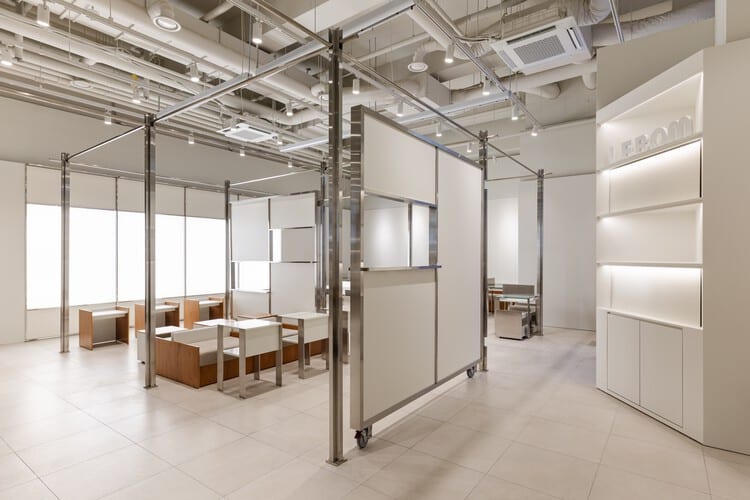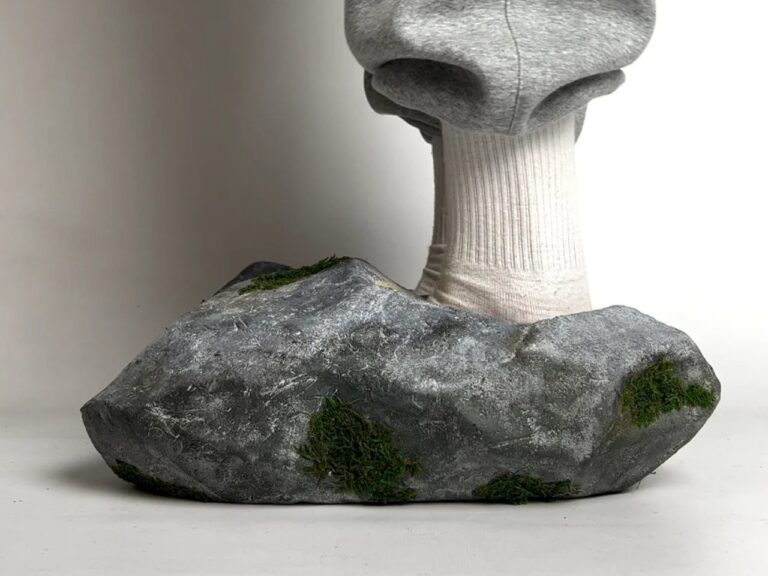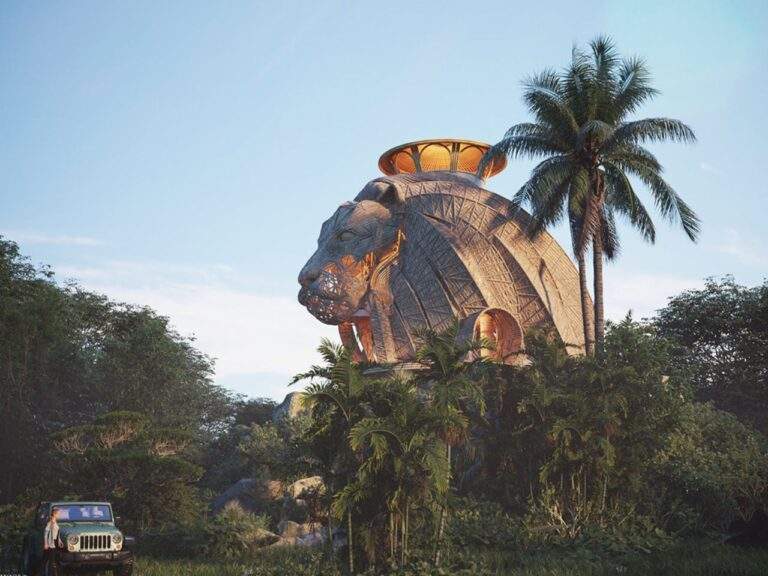When Daily Life Becomes a Scene: The Blurring Line Between Virtuality and Reality
The dictionary defines virtual as “a false phenomenon that seems real but does not exist.” Yet, as unprecedented technologies integrate seamlessly into our daily lives, the boundaries between the virtual and the real are dissolving. We now inhabit an era where digital avatars, AI-assisted work, and augmented reality (AR) experiences are no longer futuristic concepts they are our lived reality.

The Evolution of Virtuality in Modern Culture
From AI-generated art to virtual influencers rivaling real-life celebrities, the scope of virtuality has expanded dramatically. Consider the rise of avatar singers, whose fandoms rival and sometimes surpass those of human performers. AR-based games like Pokémon GO have turned city streets into interactive playgrounds, blending digital elements with physical spaces. These phenomena challenge our traditional understanding of reality, making the virtual feel tangible.

Comics in Daily Life: More Than Just Paper and Screens
For comic enthusiasts, the medium transcends its physical form. It’s not merely ink on paper or pixels on a screen it’s an immersive world that fans carry into their daily lives. How close have they brought these fictional realms into their reality? The answer lies in spaces like LEBOM Cafe, a dedicated pop-up venue where comics and life intertwine.

LEBOM Cafe: Where Comics and Reality Collide
LEBOM Cafe is more than a café it’s a dynamic comic-inspired environment that periodically transforms into a fan-centric pop-up space. The challenge? To make the space itself feel like a comic book panel. The solution? Comic manuscript paper as the foundation of design.
- The Space as a Comic Page: The entire café is structured like a giant comic manuscript sheet, with rotating panels that mimic turning pages. These movable partitions reconfigure the space for events like signings, creating an ever-changing backdrop.
- Interactive Design Elements: The rotating panels double as display stands for merchandise, while modular furniture adapts to different pop-up themes. Cross-shaped pillars and overhead stands allow for banners, signage, and dynamic installations.
- A Hybrid of Fiction and Reality: Empty spaces in the manuscript paper become frames where comic characters and real-life visitors coexist. Visitors don’t just observe they enter the comic.

A Space for the New Era of Fandom
In a society where personal passions are increasingly celebrated, niche spaces like LEBOM Cafe cater to a growing demand for immersive fan experiences. By blending comics with real-world interaction, it offers more than nostalgia it provides a living, evolving connection between fiction and reality.
As technology continues to reshape perception, spaces like these will become essential in helping fans navigate and celebrate the merging of virtual and physical worlds.

✦ ArchUp Editorial Insight
The blending of virtual and real experiences reflects a cultural shift where digital and physical worlds no longer feel separate. While the piece compellingly illustrates this through comic fandom and interactive design, it could further explore how such spaces impact broader societal behaviors—do they deepen isolation or foster community? A deeper dive into psychological or sociological research could strengthen the argument. Nevertheless, LEBOM Cafe exemplifies innovation in experiential design, proving that themed spaces can transcend gimmickry when executed thoughtfully. Its success may inspire more industries to rethink how fiction and reality intersect, offering audiences not just consumption, but participation.
Explore More with ArchUp
ArchUp documents the evolving profession of architects worldwide, from career insights and research to project profilesand industry news. Our editorial team publishes global salary trends, career advice, and opportunities for emerging talents. Learn more on our About page or Contact us to collaborate.







